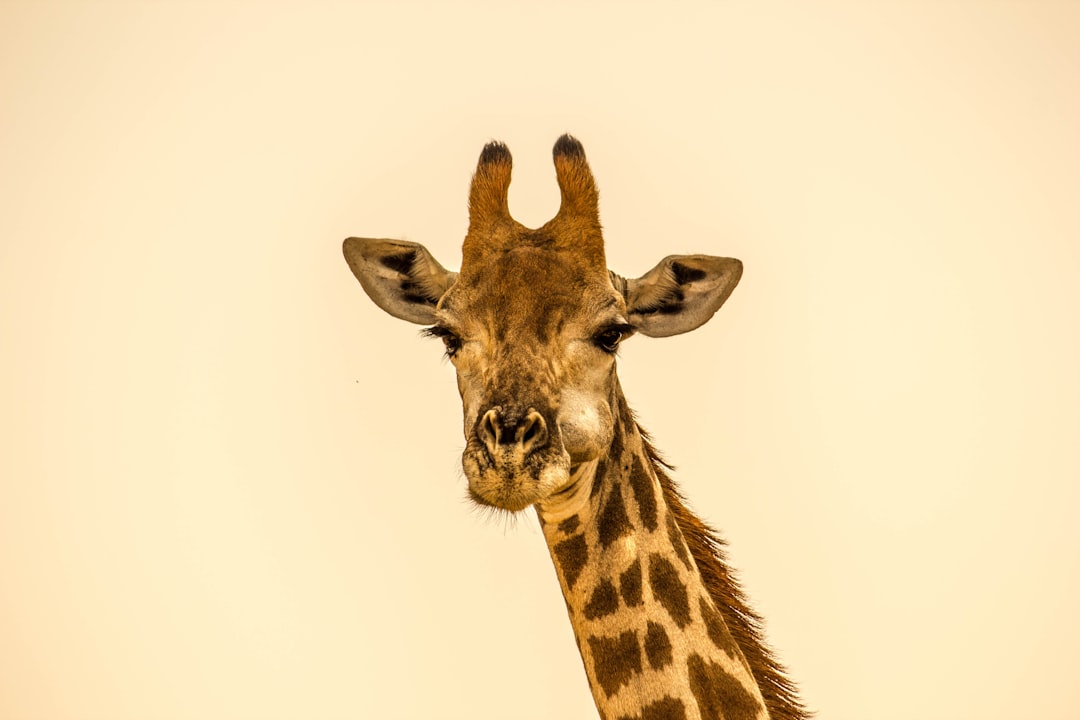Throughout human history, animals have played a significant role in our folklore and myths, often serving as symbols of power, wisdom, and cultural significance. The connection between humans and animals in folklore has been a fundamental aspect of many cultures around the world, shaping the way we understand our place in the natural world.
In many ancient myths and stories, animals are depicted as having human-like qualities, emotions, and behaviors. This anthropomorphism of animals reflects our desire to relate to the world around us and understand our own human nature through the lens of other beings. This connection between humans and animals in folklore serves as a reminder of the interconnectedness of all living creatures and the importance of respecting and preserving the natural world.
One of the most common motifs in folklore is the idea of shape-shifting, where humans have the ability to transform into animals and vice versa. This concept is found in many cultures, from Native American legends of skinwalkers to European tales of werewolves and witches. The ability to shift between human and animal forms symbolizes the fluidity of identity and the complex relationship between the two species.
In some folklore traditions, animals are seen as guardians or protectors of humans, offering guidance, wisdom, and protection. In Native American folklore, animals such as the bear, eagle, and wolf are revered as spiritual guides, each representing different qualities like strength, courage, and intelligence. Similarly, in Chinese mythology, animals like the dragon, phoenix, and tortoise are seen as symbols of luck, longevity, and prosperity.
Animals are also often used to convey moral lessons and values in folklore. Fables, such as Aesop’s tales, use animals to teach readers about the importance of honesty, kindness, and hard work. By anthropomorphizing animals and giving them human characteristics, storytellers are able to connect with audiences on a deeper level and convey important messages in a relatable and entertaining way.
The connection between humans and animals in folklore is not just limited to ancient myths and stories, but can also be seen in modern popular culture. From Disney movies like The Lion King and Zootopia to spiritual practices like shamanism and animal totems, the influence of animals in our collective imagination continues to shape how we see ourselves in relation to the natural world.
In some cultures, animals are seen as messengers from the spirit world, bridging the gap between humans and the divine. Shamans and spiritual leaders often use animal symbolism in their rituals and ceremonies to gain insight, healing, and protection. The belief that animals have a special connection to the spiritual realm can be seen in practices like spirit animal meditation and animal oracle cards.
In many indigenous cultures, animals are revered as sacred beings with their own unique powers and abilities. The connection between humans and animals in folklore is deeply rooted in these traditions, as they see all living creatures as part of a larger web of life that must be respected and honored. This respect for animals is often reflected in rituals, ceremonies, and taboos that govern how humans interact with the natural world.
In conclusion, the connection between humans and animals in folklore is a powerful and enduring aspect of our shared cultural heritage. By exploring the ways in which animals are portrayed in myths and stories, we can gain a deeper understanding of our own relationship to the natural world and the importance of living in harmony with all living beings. As we continue to navigate the challenges of climate change and environmental degradation, it is more important than ever to recognize and honor the sacred connection between humans and animals in folklore. Through storytelling, art, and spiritual practices, we can celebrate the wisdom, beauty, and power of the animal kingdom and work towards a more sustainable and harmonious future for all beings.

